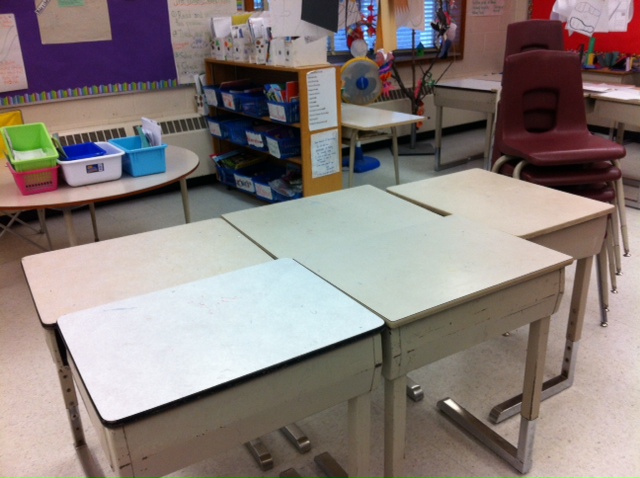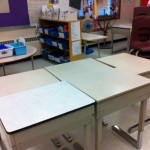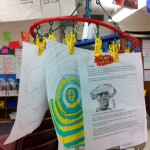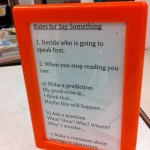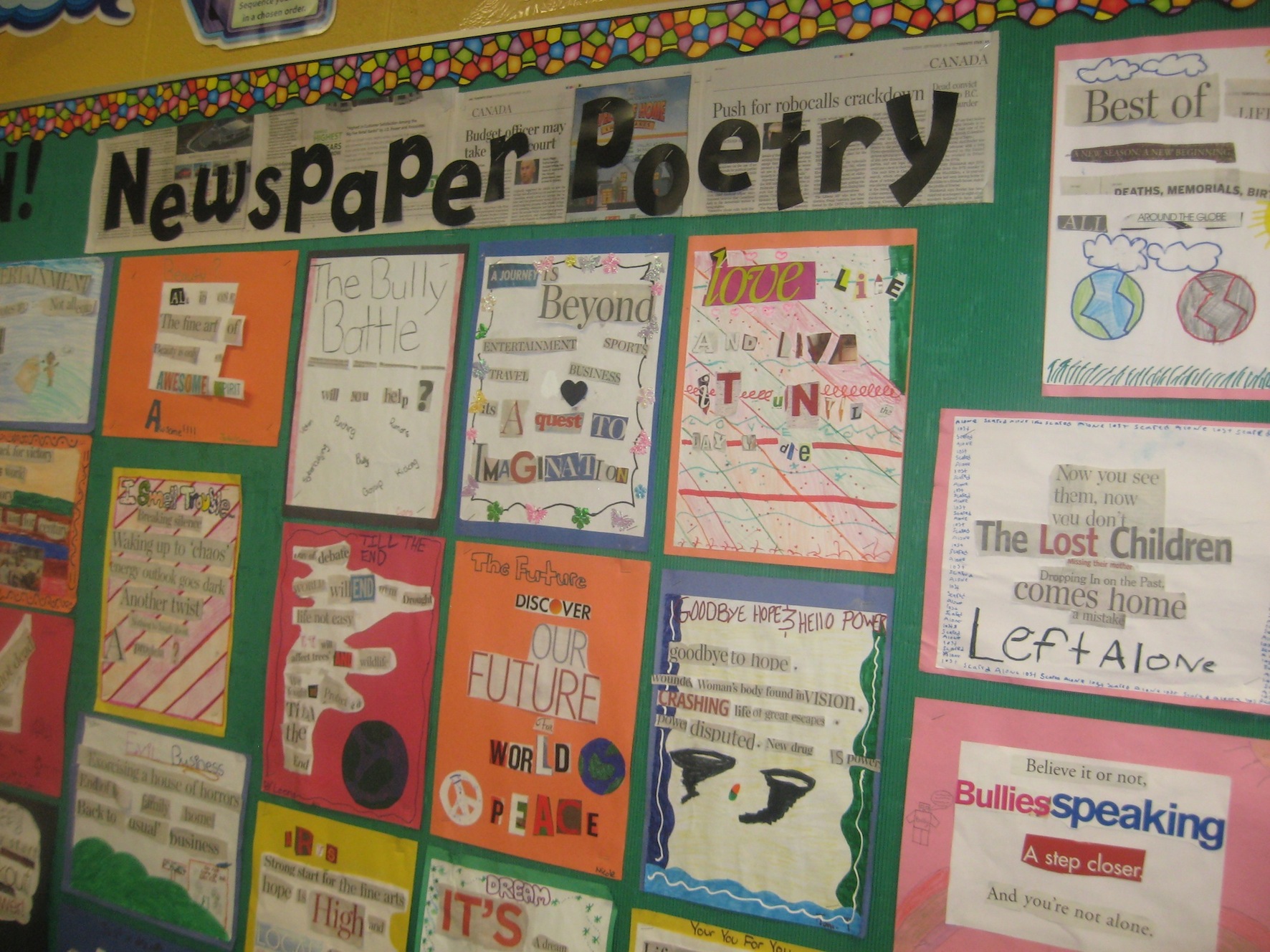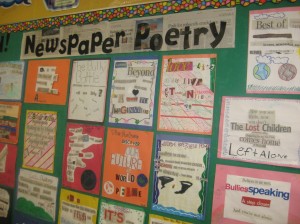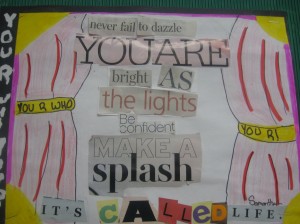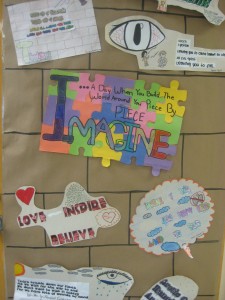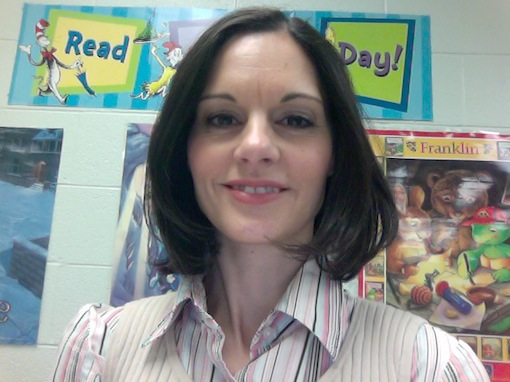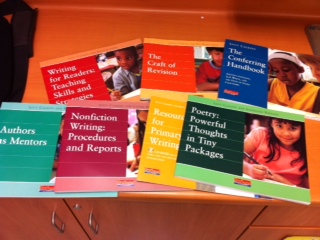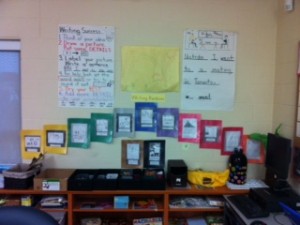When disscussing current Francophone musicians with Grade 8s, I’ve found it challenging to hone in on those that would appeal to 14 year olds who are somewhat reluctant to buy into anything outside of the mainstream top 40 charts. When it comes to music, their musical tastes seem to be quite ingrained. Seldom is there much flexibility between the rock and rap genres let alone new linguistic frontiers. Given the sheer volume of what’s out there, it can be difficult to identify what’s good, what’s appropriate and what’s appealing. Consulting the current charts was not very useful since there was not a great deal of difference between what was also popular here. I was therefore pleasantly surprised to find an easy answer to my query when I happened upon the website girlsguidetoparis.com (see link below) and found an entry entitled “10 French Singers You Should Know” that covered a range of genres and was accompanied by an informative blurb about each individual/group (direct links were also provided).
According to the “girls”, the list included the following: Coeur de Pirate, Shy’m, Benjamin Biolay, Camille, Christophe Mae, ZAZ, Ben l’Oncle Soul, BB Brunes, -M-, et Sexion d’Assaut. I’ve checked out a few of them and so far, I think they would potentially be okay. I plan on screening a couple segments of some of the videos and have the students write reviews of the songs (a task we’ve been doing already in accordance with their selections). Other ideas might be to design some web-based reading activities around biographical info, upcoming concerts, reviews, etc. As indicated by the title, the webiste itself would be appealing to girls in particular and woud offer some interesting off-shoot activities (think “voyage virtuel”)…
http://girlsguidetoparis.com/archives/10-french-singers-you-should-know/






